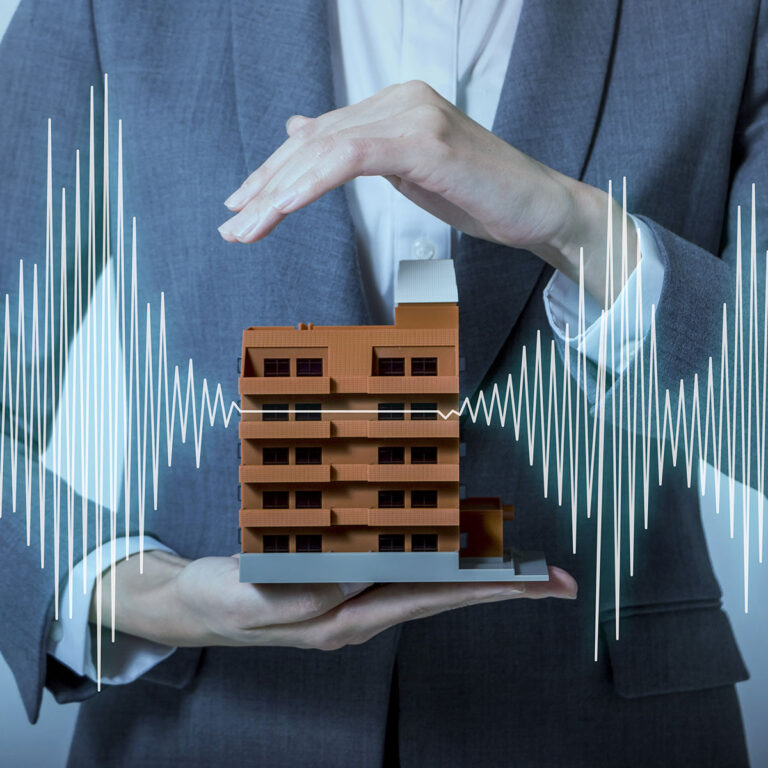Since the 2011 Christchurch earthquake, there has been substantial interest in earthquake-proof buildings, and the University of Canterbury has been at the forefront of research. The key goal is to preserve life as much as possible, which means designing buildings that won’t fall down even if they are badly damaged. Of course, goals are also to preserve the building as much as possible, and the use of innovative materials may allow architects to do just that.
Key to the future of earthquake proofing is the New Zealand Building Code. Under section B1 is the requirement that buildings will withstand “likely loads,” which includes provisions for wind, rain and earthquakes.
Some Specifics of Earthquake-Proofing
Earthquakes vary substantially by duration and magnitude. The magnitude reflects the amount of shifting that occurs during an earthquake. Typically, buildings in earthquake-vulnerable zones such as Christchurch must be able to withstand at least a 25mm earth shift. This may not seem like much, but moving several trillion tons of rock and earth 25mm requires a lot of energy, and when the movement is a vibration that’s repeated over a relatively long period of time, it can cause significant structural damage.
Buildings should also be able to withstand liquefaction, the process that happens when solid particles are vibrated in a liquid. Heavy structures – such as buildings – gradually sink when this happens, resulting in a dramatic distribution of load, which can cause a building to collapse. Building foundations must be able to keep building loads in the correct place should liquefaction occur.
The code also introduces a seismic hazard factor, which is applied to a general location. The higher the Z factor, the higher the risk of seismic activity. In New Zealand, Otira and Arthur’s Pass have a higher Z factor at 0.6, whereas Auckland, Northland and Dunedin have the lowest at 0.13. Christchurch is at 0.3, which was increased from 0.22 after the unexpected earthquake in 2011. Buildings in areas with a higher seismic hazard factor are expected to be built to a higher earthquake proofing standard, as laid out in the code.
The Hurunui/Kaikōura earthquake in 2016 prompted some changes in the latest iteration of the building code, with provisions being introduced for unreinforced masonry, parapets and façades in areas around the southern tip of North Island. Building owners must get these features secured within 12 months from February 28, 2017. Other acts affecting property owners include the Buildings (Earthquake-Prone Buildings) Amendment Bill, which was passed in May 2016.
How Does This Work for Heritage Buildings?
While many heritage buildings were constructed before the building code was established, there is still a requirement that they be able to withstand an earthquake and allow people to exit safely. Various agencies offer financial help as well as advice and contacts to protect heritage buildings, which include some classic hotels.
However, as with all existing buildings, it is recognised that there is a trade-off between cost, preserving the quintessential factors that make the building a heritage site, and public safety. In many cases, the cost of preserving the heritage building and strengthening it to the standards of new buildings required by the building code is impractical. This led to a temporary stay on the requirement to earthquake-strengthen heritage buildings by up to 10 years. Non-heritage buildings are excluded from this stay, however, and all earthquake-prone buildings in high-risk areas such as Wellington and Christchurch must be strengthened within 36 months (priority buildings such as hospitals or schools) or five years (other buildings) after receiving a notice that the building requires seismic strengthening.
The Future of Earthquake-Proofing
As New Zealand continues to invest millions of dollars into earthquake strengthening, earthquake-proof buildings are gradually being tested and refined. While it is unlikely that there will ever be a completely earthquake-proof building, the University of Canterbury has designed several structures that are able to withstand typical loads from earthquakes that have hit New Zealand and those that have been experienced around the world, including earthquakes occurring in Kobe and California. As a result, the structures may prove to be of interest for those in the hotel and motel industry in New Zealand and globally.
For further information about this article, contact your nearest LINK Business Broking office at:

